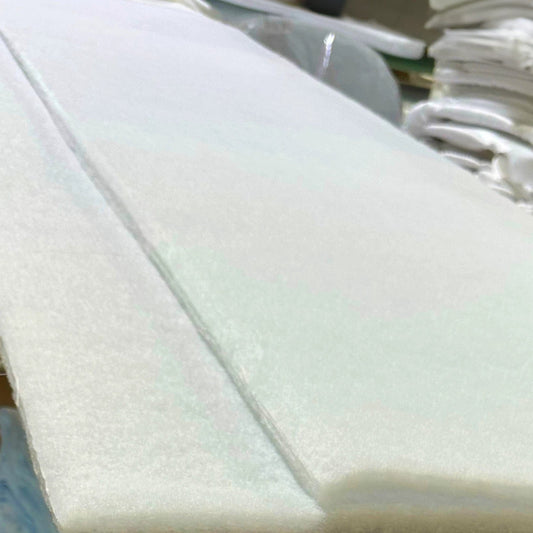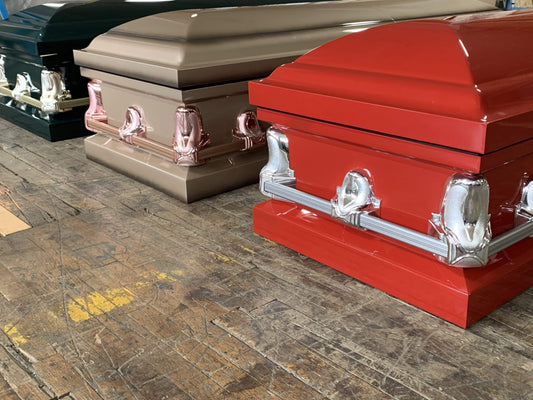Why Do People Throw Dirt on Coffins During Funerals?
This time-honored gesture is deeply symbolic and practiced across many cultures and faiths. Throwing dirt on the coffin signifies respect, final goodbyes, and the natural return to the earth. In this article, we’ll explore the history, emotional meaning, and religious context of this burial tradition—and answer the question, what does dirt symbolize in funerals?
Origins and History of the Practice
Like any other long-standing tradition, funerals usually take place in a set manner with certain customs or rituals. Often these rituals serve as a method of collectively experiencing something significant, such as the loss of a loved one. One such custom that you might witness at a funeral is throwing dirt on a casket. This is typically done by the close relatives of the deceased right before the burial.
There is a history of this custom across cultures and religions, including Ancient Egypt, Judaism and Christianity. In the end, most of these cultures view a burial as a return of a person to the earth as a completion of the cycle of life. Even if you are not religious, this practice of throwing dirt on a coffin gives people a chance to unite and support each other while mourning.
What Does Dirt Symbolize in Burials?
In a burial, the body of the deceased is lowered into the ground. Throwing dirt on a casket is an action to honor a loved one’s return to nature. This idea can bring a lot of solace to the bereaved in a time of grief. The earth that is the birthplace of the person lost ends up as their ultimate resting place. This way of viewing the deceased’s journey as a predetermined cycle of life also provides the loved ones some closure.
Related Reading: What To Send For A Funeral? 8 Great Alternatives To Sympathy Flowers
People take turns to throw dirt according to how close their relationship was with the deceased. After the dirt is thrown by loved ones, the casket is lowered and covered in soil in earnest. Usually the mourners attend a ceremony afterwards, and in this ceremony there is often at least one eulogy delivered by someone close to the deceased to commemorate the loss.

Farewell And Respect
The significance of throwing dirt on a casket can be interpreted as a sign of respect. Despite the difficulty of the situation, the loved ones have to come together in an act of service to indicate their regard for the person lost. The dirt on coffin tradition also serves as a prescribed method of saying final goodbyes and gaining closure. Many people struggle with goodbyes, and a visual metaphor can enable acceptance for the grieving.
Origins Of The Tradition
In Jewish communities, people gather at the burial and throw either 3 or 13 spadefuls of dirt on the casket. These customs are based on the idea of three layers of the soul in the case of 3 spadefuls, and throwing 13 spadefuls is a reference to the 13 spadefuls in the Psalms. The culture places a lot of emphasis on getting the required closure, and mourners are expected to stay until the body has been lowered and covered despite the emotional challenge.
Ancient Egyptian culture contains one of the oldest examples of this tradition of dirt on casket. They would often place sand and mud on the coffin, but sometimes they would even keep pottery, bread, animal products, or beer. These were considered offerings to the deceased’s grave. A greater number of offerings indicated that the deceased most likely belonged to the elite class.
In the Christian school of thought, a lot of emphasis is placed on the symbolism of ash and dust. In Genesis, the first book of the Bible, God curses man to experience death and turn back into dust, out of which man was born. The mourners are eliciting this parable by throwing dirt on the casket, and the ceremony is often accompanied by Bible readings. You might hear the phrase “ashes to ashes, dust to dust” at a Christian funeral, and it is this imagery that is represented by the act of throwing dirt on the coffin.

It is not surprising that many faiths have ended up perpetuating a mourning ritual that is similar. Regardless of the eclectic origins of this practice, the essential intention of throwing dirt on a coffin remains the same. Despite having some religious roots, even atheistic or agnostic people often engage in this custom as a show of solidarity. Participating in this ritual jointly can bring people together in a challenging time, while also serving as a guided act of closure and acceptance.
Plan Your Farewell with Grace – Our Pre-Planned Caskets Offer Peace of Mind
Frequently Asked Questions
-
Why do people throw dirt on coffins during a burial?
Throwing dirt on a coffin is a symbolic gesture that represents saying a final goodbye, helping mourners find closure. It also reflects the belief in returning to the earth, a common theme in many religious and cultural burial rites.
-
What does dirt symbolize in funerals?
Dirt symbolizes the natural cycle of life and death—“ashes to ashes, dust to dust.” It signifies humility, the return to nature, and a spiritual reconnection with the earth.
-
Is throwing dirt on the coffin a religious ritual?
Yes, in many traditions. For example, in Jewish funerals, each mourner is encouraged to place dirt in the grave as a mitzvah (good deed). Christianity also embraces the symbolism of returning the body to the earth as part of God’s design. -
Do all cultures throw dirt on coffins?
Not all, but many do. While Western and Jewish traditions incorporate this act, other cultures may use flowers, sand, or personal mementos instead of or alongside dirt. -
Can family members choose not to throw dirt?
Absolutely. While it is encouraged in many traditions, participation is optional. Some may prefer to observe quietly or honor the deceased in other meaningful ways.

![Upgrade to Premium Weight [18-gauge steel]](http://titancasket.com/cdn/shop/products/casketthicknesswithnumbers.png?v=1680642906&width=533)









